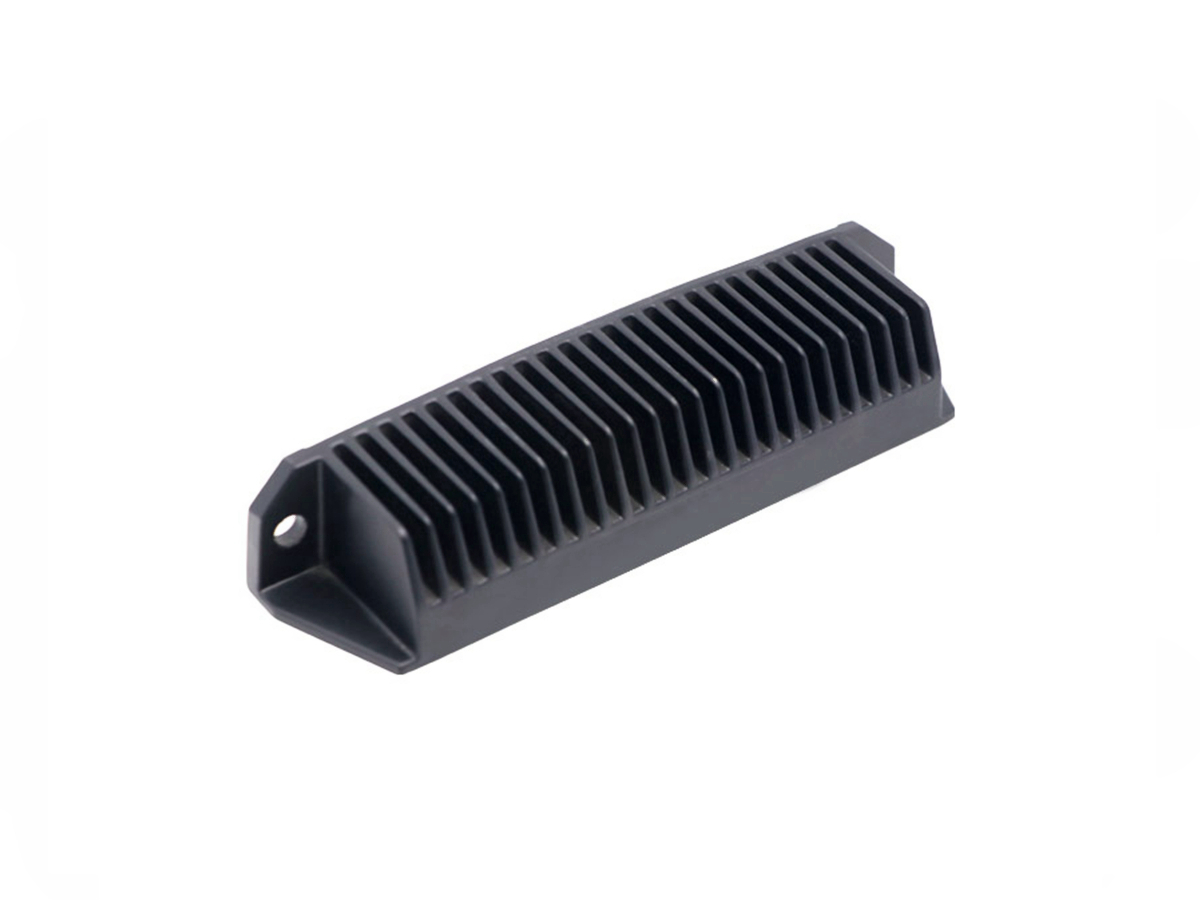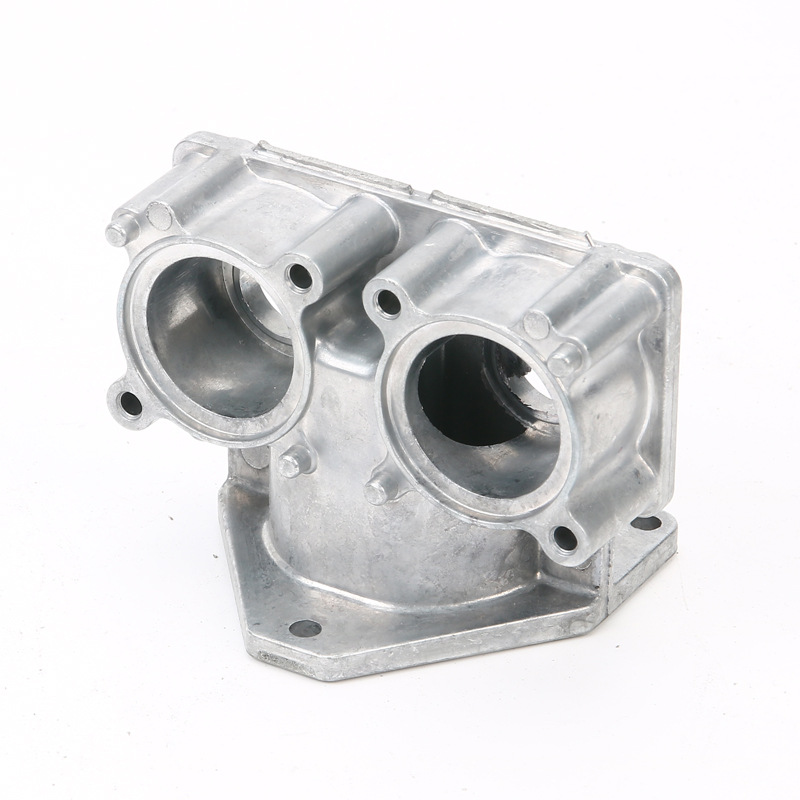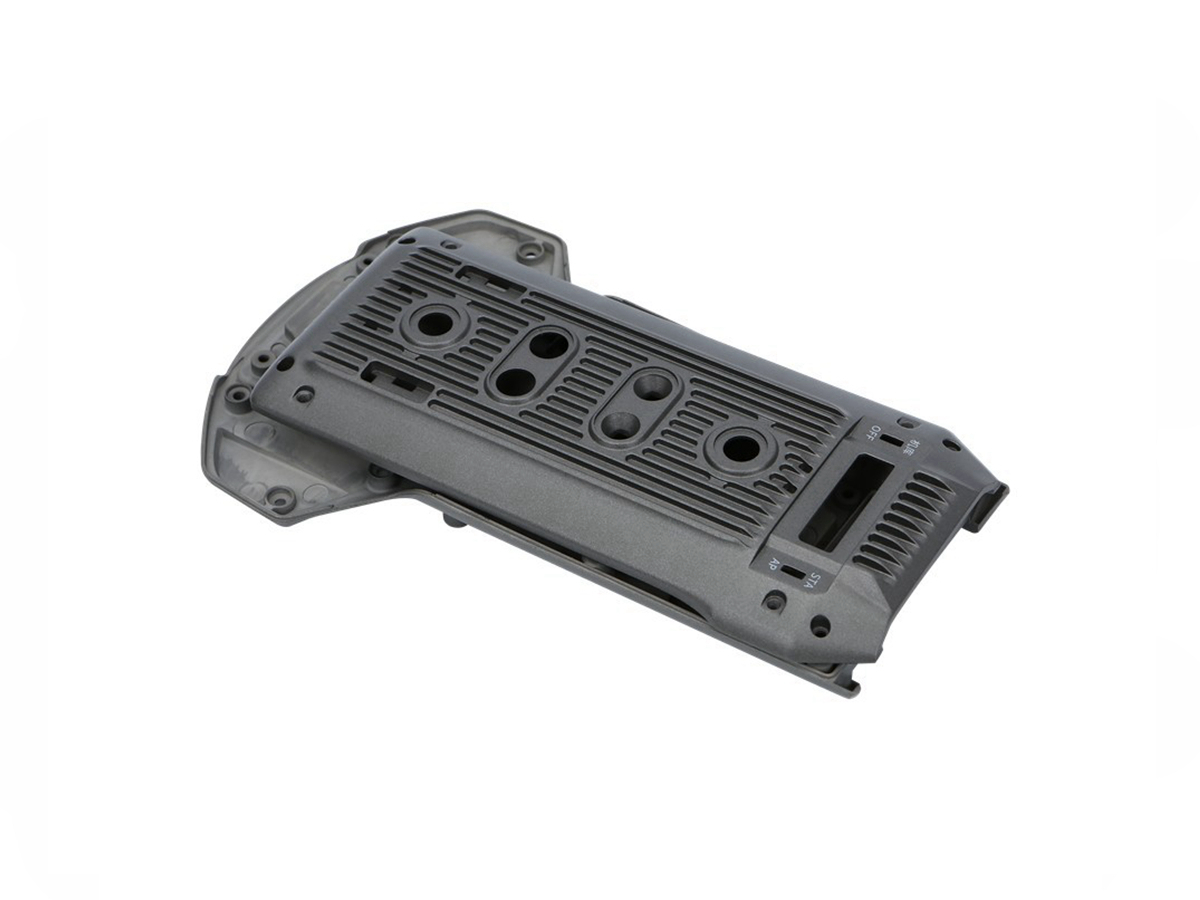Innovative Design for Custom Metal Casting Parts
 Design is critical in determining the final product's cost-efficiency, manufacturability, and performance in custom metal casting. At Neway, our approach to metal casting design goes beyond conventional CAD modeling. We combine simulation-based validation, material-specific guidelines, and tool-ready geometry optimization to deliver innovative, production-ready part designs that excel in quality and function.
Design is critical in determining the final product's cost-efficiency, manufacturability, and performance in custom metal casting. At Neway, our approach to metal casting design goes beyond conventional CAD modeling. We combine simulation-based validation, material-specific guidelines, and tool-ready geometry optimization to deliver innovative, production-ready part designs that excel in quality and function.
From complex enclosures and heat-dissipating housings to precision mechanical assemblies, our tailored metal casting services support OEMs, engineers, and product developers across multiple industries.
Why Innovative Design Matters in Custom Casting
Custom cast parts often require complex features such as undercuts, varying wall thicknesses, integrated ribs, or high heat resistance. A well-engineered design ensures:
Dimensional precision with minimal post-processing
Lower tooling and cycle costs
Optimal material performance in harsh environments
Structural integrity and stress distribution
Neway integrates advanced design capabilities early in the development cycle to achieve this.
Design Engineering Capabilities at Neway
1. Design for Manufacturability (DFM)
Our design engineering team applies DFM principles to optimize each part for tooling, casting, and downstream processes. We account for:
Draft angles (typically 1–3° depending on alloy)
Minimum wall thickness (e.g., 1.5 mm for aluminum, 0.75 mm for zinc)
Radii, bosses, ribs, and fillets
Core placement and ejector pin zones
Addressing these elements upfront reduces design iterations, prevents common defects, and ensures tooling compatibility.
2. Casting Simulation & Mold Flow Analysis
Using tools like MAGMASOFT and ProCAST, our engineers simulate molten metal flow, solidification patterns, and shrinkage behavior. This allows us to:
Predict air entrapment and porosity zones
Optimize gating and venting systems
Adjust part geometry for uniform filling and cooling
Simulation leads to fewer tooling trials, better dimensional repeatability, and stronger cast structures.
3. Tailored Alloy Selection
Different projects require different casting alloys. Based on application needs—such as corrosion resistance, thermal conductivity, or strength—we guide you through our comprehensive casting material options:
Aluminum alloys: A380, A356, AlSi12
Zinc alloys: Zamak 3, ZA-8, Zamak 5
Copper/brass alloys: Brass 360, CuZn40, CuNi10Fe1
Material data sheets and mechanical property targets back each alloy selection.
4. Tooling Design Integration
Every cast part design is verified for interacting with tooling and die materials. We consider:
Thermal fatigue resistance
Tool life requirements (up to 1 million cycles)
Insert accessibility and maintenance zones
We also model parting lines, sliders, and lifters in the tooling feasibility process.
Case Study: Custom Heat Sink Housing
A recent project involved designing a high-efficiency heat sink enclosure using A380 aluminum. The challenge was combining thin fins (1.8 mm) with internal channels for wiring. Our solution:
Increased fin base thickness for mold filling
Added draft of 2° for easier ejection
Integrated thermal ribs to improve conductivity
Simulation validated the flow and cooling uniformity. The result: 25% reduction in part weight and 30% faster cycle time with zero porosity.
Collaborative Workflow with Buyers
We provide collaborative design review sessions using STEP/IGES/Parasolid formats, enabling rapid iteration. Buyers can expect:
Preliminary DFM feedback within 24–48 hours
Simulation reports and design proposals in 3–5 days
Joint signoff before tool kick-off
We also support reverse engineering and prototyping when transitioning from legacy components.
Unlock Smarter Designs with Neway
Innovative design is the cornerstone of successful casting. By combining engineering insight, simulation, and real-world manufacturing experience, Neway delivers cast parts that perform better, last longer, and cost less to produce.
Whether you're developing a new enclosure, a lightweight bracket, or a precision connector, our team is ready to help you design confidently.
Frequently Asked Questions
What are the best practices for designing parts with varying wall thicknesses in metal casting?
How early should I involve Neway’s engineering team in the design phase?
What simulation tools are used to validate custom casting designs?
Can I modify an existing part design to make it suitable for die-casting?
How does alloy selection affect design constraints and casting precision?


